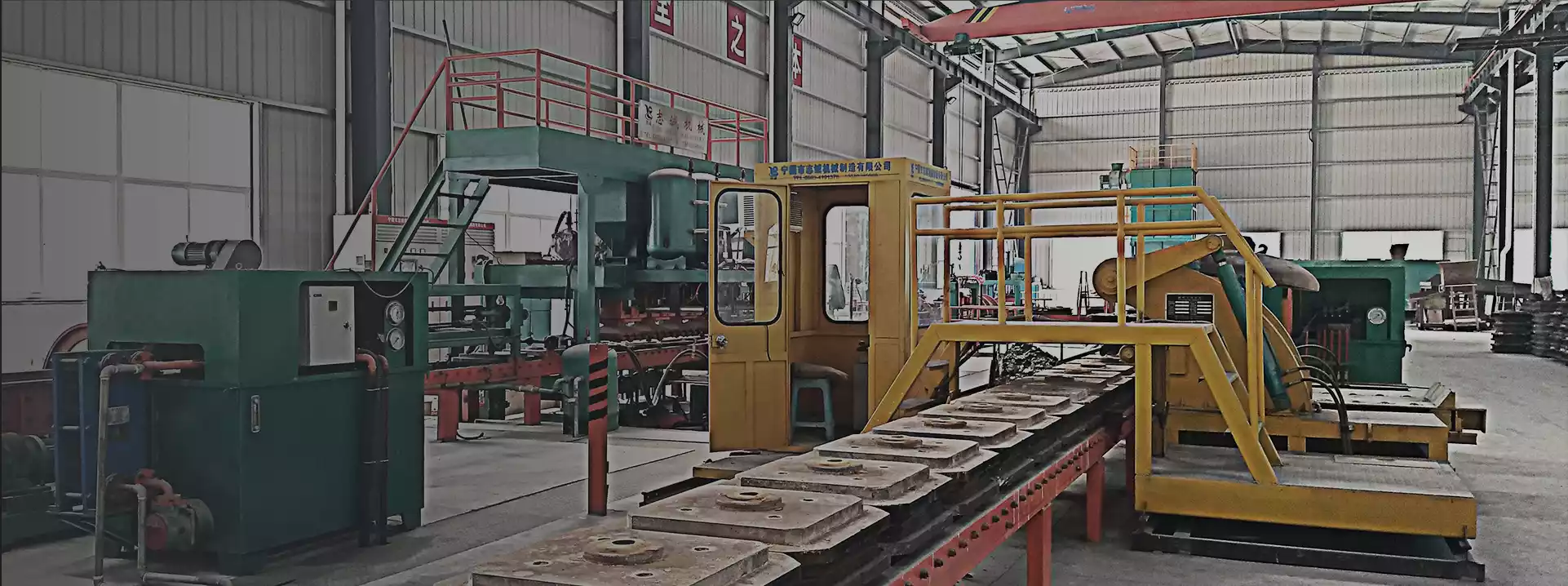When it comes to the efficient operation of a ball mill, particularly in mineral processing and material grinding, one critical factor that often goes overlooked is the density of the grinding media. This article delves into the significance of grinding media density, its impact on milling performance, and how it influences the overall efficiency of the grinding process.
What is Grinding Media?
Grinding media refers to the materials used to grind substances in a ball mill. These can be made from various materials, including steel, ceramic, or even glass. The choice of grinding media affects not only the efficiency of the milling process but also the final product's quality.
Density of Grinding Media
The density of grinding media is defined as the mass of the media per unit volume, typically expressed in grams per cubic centimeter (g/cm³) or kilograms per cubic meter (kg/m³). The density varies depending on the material used for the grinding media:
Steel Balls: Typically have a density ranging from 7.5 to 8.0 g/cm³.
Ceramic Balls: Generally have a lower density, around 3.5 to 4.0 g/cm³.
Glass Balls: Usually fall between 2.5 and 3.0 g/cm³.
Choosing the right density is crucial because it directly impacts the grinding efficiency and the energy consumption of the ball mill.
Importance of Grinding Media Density
Impact Energy: The density of the grinding media affects the impact energy during the milling process. Denser media can exert greater force on the material being ground, leading to more effective particle size reduction.
Filling Ratio: The density influences the filling ratio of the ball mill. A higher density allows for a higher volume of media within the mill, which can improve the grinding process by increasing the number of collisions between grinding media and material.
Wear Rates: Different densities impact wear rates of both the grinding media and the mill itself. Denser media may lead to increased wear on the lining of the mill, while lighter media might reduce wear but require longer grinding times.
Material Characteristics: The density of the media must also match the characteristics of the material being processed. For example, when grinding harder materials, denser media may be necessary to achieve desired results.
Optimizing Grinding Media Density
To optimize the performance of a ball mill, it's essential to select the appropriate density of grinding media based on several factors:
Material Type: Consider the hardness and abrasiveness of the material being processed. Harder materials often require denser media.
Desired Particle Size: If a finer particle size is required, a higher density may improve efficiency.
Mill Design: Understand the specific design and operational parameters of the ball mill, such as rotation speed and filling level, to determine the optimal media density.
Cost Efficiency: While denser media may provide better performance, they often come at a higher cost. Balancing performance with budget constraints is crucial.
Conclusion
The density of grinding media in a ball mill is a vital parameter that significantly influences the milling process's efficiency and effectiveness. By understanding the implications of different densities and optimizing media selection based on the specific needs of the grinding application, operators can enhance productivity, reduce energy consumption, and achieve superior product quality. Whether in mineral processing or other applications, careful consideration of grinding media density is key to successful milling operations.

